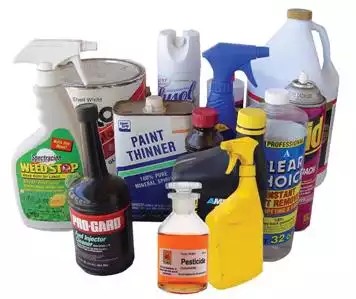Exposure to environmental chemicals, early in life, contributes to the development of breast cancer, there are more than two hundred chemicals that cause mammary tumors in animals and provided a roadmap for studying these chemicals in humans. Researchers conducted a systematic search and identified some epidemiology studies that exposure to chemicals early in life: in the womb, during puberty, and through pregnancy increases the risk of developing breast cancer later in life.
For instance, early exposure to DDT, dioxins, the highly-fluorinated chemical PFOSA, and air pollution, is associated with a two- to five-fold increased risk of breast cancer. Early exposure in the workplace to high levels of organic solvents and gasoline components is also a risk factor. During these windows of susceptibility, the body is changing, breast cells are dividing quickly, and the breast tissue becomes vulnerable to damage from chemicals. Variations in genes can also affect how people’s bodies respond to certain environmental chemicals.
Among women exposed to polycyclic aromatic hydrocarbons PAHs-a chemical in vehicle exhaust, those with certain genetic variants had a higher risk of developing breast cancer. The International Agency for Research on Cancer IARC classified outdoor air pollution as a human carcinogen.
Some of the components of air pollution have been shown to cause breast tumors in animals. The use of chemicals in every day consumer products has also increased the risk of cancer. Many consumer product chemicals, like BPA and phthalates, are endocrine disruptors. They interfere with the body’s hormones and can produce effects at low doses.
Results from animal studies suggest a link between breast cancer and endocrine disruptors. Breast cancer can take years to develop after chemical exposure, it is the most common cancer in women across the globe, pharmaceutical hormones, exercise, and other lifestyle factors can the risk of developing breast cancer. Consumers can take some steps to reduce their exposures by choosing safer products
haleplushearty.blogspot.com


